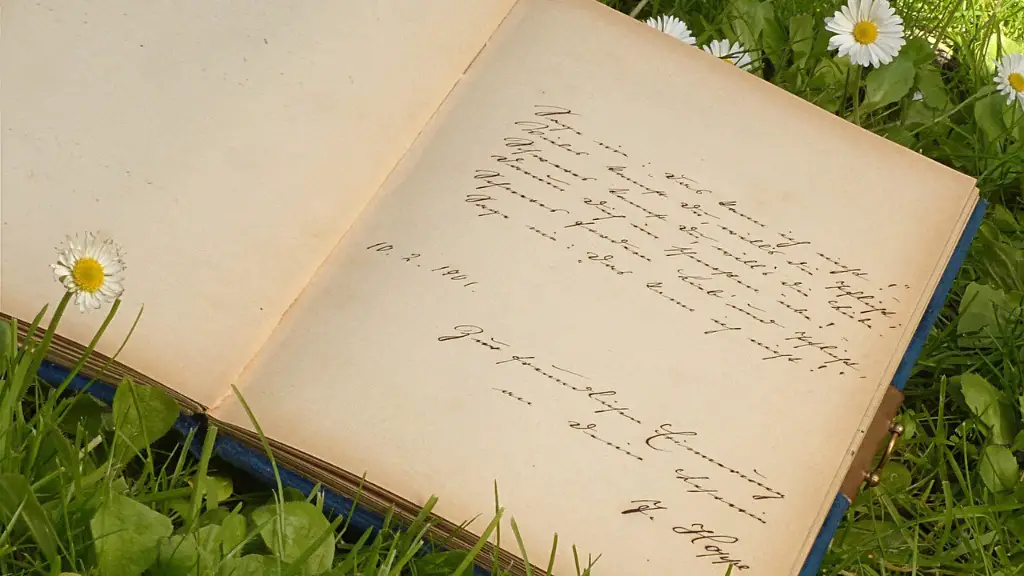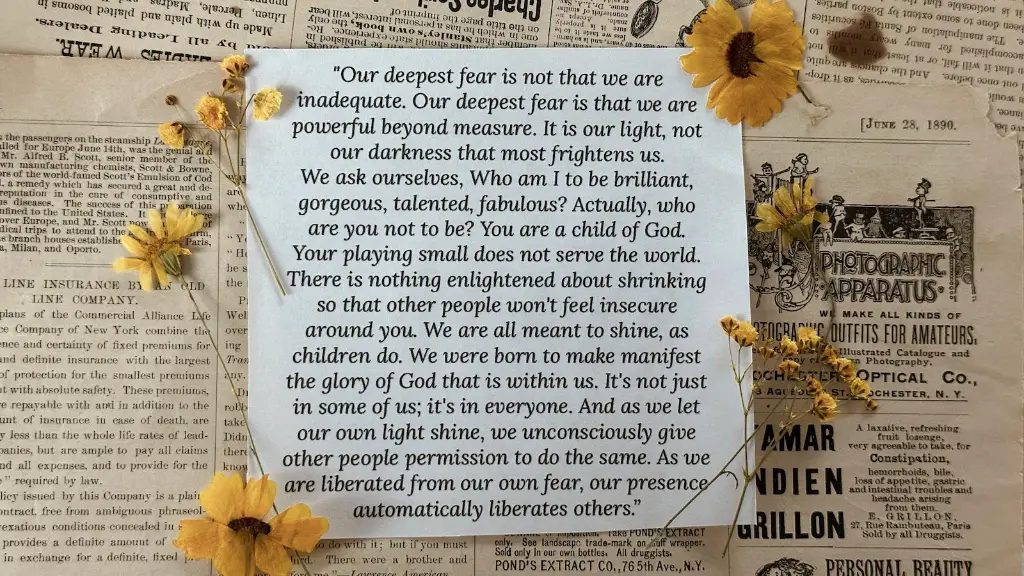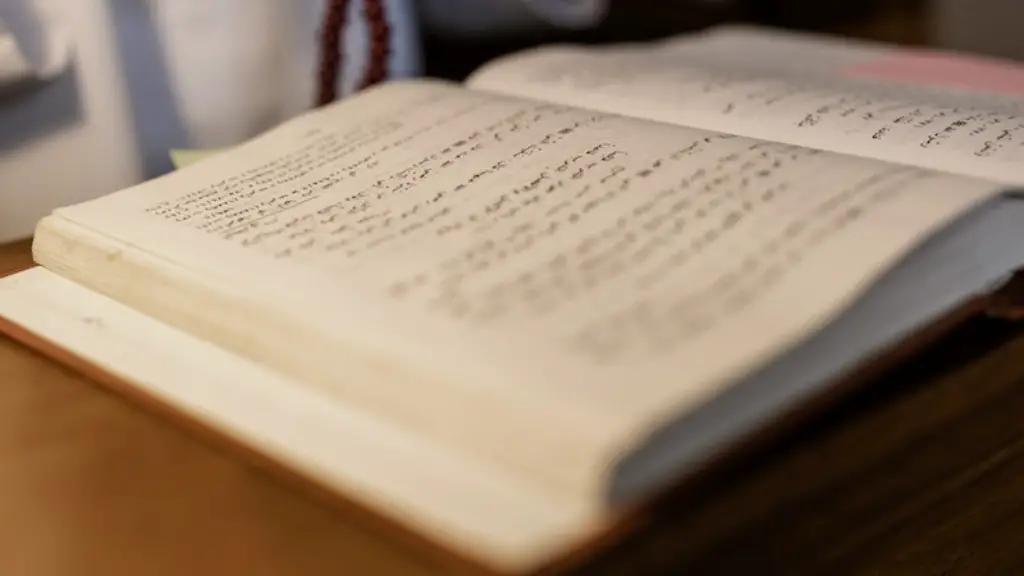Imagery in Poetry
Imagery can be defined as a poet’s use of words or phrases to create mental images, often of striking, memorable or powerful scenes. In poetry, imagery is one of the most important elements in conveying a message or idea to the reader. Imagery can include elements from nature, such as animals, plants, landscapes, and other physical happenings. It can also include things such as colors, sounds, smells, tastes and emotions. The use of imagery in poetry can help to explain certain points or feelings in a way that can’t be expressed through literal language alone, therefore deepening the reader’s understanding and appreciation for the poem.
Senses in Poetry
The five senses play an important role in poetry, as they are often used as powerful sources of imagery. For example, when a poet uses words like “pine needles” to evoke the smell of the forest, they are utilizing their senses to create an image in the mind of the reader. Similarly, sound imagery can be used to represent the atmosphere and mood in a poem. Words such as “rumbling” or “whispering” can portray different feelings to the reader, and create a deeper understanding of the poem’s message.
Symbols in Poetry
Symbols are also an important part of imagery in poetry. Symbols are visible images which can be used to suggest an underlying idea or thought. They can be used to illustrate abstract concepts such as love, death, and joy in a very real and visual way. Symbols can also be used to represent different characters or objects, allowing the poem to tell a story in a unique and vivid way.
Figurative Language in Poetry
Figurative language is an important part of imagery in poetry, as it allows the poet to metaphorically paint a picture in the reader’s mind. By using descriptive words and phrases, the poet can convey different emotions and feelings to the reader, and allow them to visualize the idea being expressed in the poem. For example, the phrase “skies of blue” can suggest a feeling of happiness and joy to the reader, and can help to illustrate a particular scene or mood within the poem.
Perspective in Poetry
The use of perspective in poetry can also be a source of imagery. By changing the point of view of the poem, the reader can be taken to different settings and feelings which cannot be expressed through the use of literal language alone. For example, if the poem is written in the first person, the reader can gain insight into how a character is feeling, or what they are thinking, which can be a powerful source of imagery in poem.
Conclusion
Ultimately, imagery in poetry is an essential part of conveying a message or idea to the reader. Through the use of symbols, senses, perspective, and figurative language, the poet can create vivid mental images which can deepen the reader’s understanding of a particular message or concept. Imagery can also allow the reader to gain insight into different characters and scenes, and help them to visualize the poem in a very real and tangible way.
Applications of Imagery in Poetry
Imagery in poetry can be used for many different purposes. It can help to convey a particular mood or emotion to the reader, making the poem more thought-provoking and emotionally engaging. Imagery can also be used to illustrate different characters or settings, which can help to make the poem more vivid and engaging. Additionally, imagery can help to explain difficult concepts or ideas in a way that is easy to understand and visualize.
Impact of Imagery on Readers
The power of imagery in poetry can be immense, as it can cause feelings of inspiration, awe, sorrow, joy, and much more. By using vivid images and symbols, the poet can evoke different feelings in the reader and make them think more deeply about certain topics. Furthermore, imagery can help to create vivid mental scenes which can stay with the reader long after they have finished reading the poem.
Imagery as a Form of Expression
At its core, imagery in poetry can be seen as a form of expression. Through the use of images and symbols, the poet can express the idea or story they are trying to tell, allowing the reader to gain insight into the poet’s thoughts and feelings. Additionally, the use of imagery in poetry can also help to create a connection between the poet and the reader, as they are both able to visualize the same thing, and share in the same profound experiences.
Evolution of Imagery in Poetry
Throughout history, poets have used symbolism and imagery to express their ideas and feelings. This has been evident through some of the most famous poems, such as William Wordsworth’s “Daffodils” and William Blake’s “The Tyger.” In these works, imagery is used to create vivid scenes that help the reader to better understand the poet’s message. Similarly, modern poets such as Sylvia Plath and Robert Frost continue to use imagery as an effective tool to express their ideas, feelings and perspectives.


